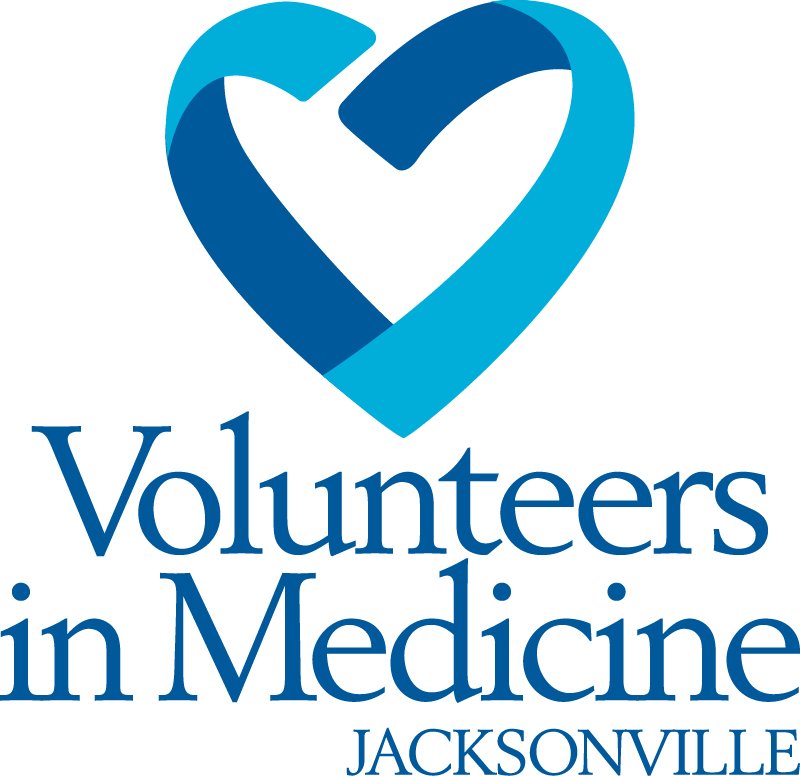Breast Cancer Q&A: Your Top Questions Answered!
Wondering about breast cancer and how to reduce your risk? Dr. Pooja Advani from Mayo Clinic is here to answer some of your most common questions—from risk factors and prevention tips to the latest in early detection. Stay informed and take charge of your health with these expert insights!
1. What are the most common risk factors for breast cancer?
Risk factors are divided into those you can control and those you cannot.
Unchangeable factors: These include being a woman, increasing age, early menstruation or late menopause (after 55), genetic mutations like BRCA1 and BRCA2, dense breast tissue, strong family history of breast or ovarian cancer, and prior radiation therapy.
Changeable factors: These relate mostly to lifestyle, such as higher body weight, certain types of diets, lack of physical activity, some hormone replacement therapies, excessive alcohol intake, not breastfeeding, and having children later in life.
2. How does breast density affect breast cancer risk, and why should women be aware?
Breast density affects cancer risk for two key reasons:
Women with dense breast tissue have a higher risk of breast cancer.
Dense tissue makes it more difficult to detect cancer on a mammogram, as both dense tissue and cancer appear white.
It's now a legal requirement for mammogram facilities to report breast density in mammogram results, which helps guide appropriate screening recommendations.
3. What does it mean to be “high-risk” for breast cancer, and how is this determined?
A woman is considered high-risk if she has at least a 1.67% chance of developing breast cancer in the next five years or a lifetime risk of 20%. These percentages are calculated using risk assessment models, which consider age, family history, and personal risk factors.
4. How can women with dense breasts enhance their breast cancer screening?
Women with dense breast tissue can opt for supplemental imaging beyond a standard mammogram, such as whole-breast ultrasound, breast MRI, contrast-enhanced mammography, or molecular breast imaging. The choice of screening depends on their overall risk.
5. What lifestyle changes can help high-risk women reduce their breast cancer risk?
High-risk women can reduce their chances of developing breast cancer by:
Maintaining a healthy weight
Engaging in 150 minutes of moderate exercise per week (such as brisk walking) or 75 minutes of vigorous activity (like running)
Eating a plant-based diet and limiting processed foods and red meat
Avoiding excessive alcohol and sugar intake
Quitting smoking
Reducing stress levels
6. For women with a family history of breast cancer, what steps should they take?
If you have a family history of breast cancer, it’s important to consider:
Genetic testing for mutations like BRCA1 and BRCA2.
Working with a physician to calculate your lifetime risk of breast cancer and discussing supplemental imaging like MRI.
Making recommended lifestyle changes to lower your overall risk.
7. How effective are BRCA1 and BRCA2 genetic tests in predicting breast cancer risk, and should everyone get tested?
BRCA1 and BRCA2 tests are most effective in specific populations, such as women with a family history of breast, ovarian, pancreatic, or other related cancers. Testing is especially recommended for women diagnosed before age 50, those with aggressive cancer types, or those of Ashkenazi Jewish heritage.
8. What recent advancements in early detection should women be aware of?
Recent advancements include:
Artificial intelligence (AI) algorithms to predict breast density and cancer risk.
Routine reporting of breast density in mammograms.
Development of polygenic risk scores, which assess multiple genetic factors to estimate breast cancer risk.
9. Are there non-surgical prevention options for high-risk women?
Yes, besides lifestyle changes, high-risk women can also take risk-reducing medications like tamoxifen or aromatase inhibitors, which affect estrogen levels in the body. These medications can significantly lower the chance of developing breast cancer and are prescribed based on an individual's specific risk profile.
10. What are the potential symptoms of breast cancer?
Symptoms of breast cancer can vary, but common signs include:
A lump or mass in the breast, armpit, or chest
Changes in the size, shape, or appearance of the breast
Skin changes, like dimpling or thickening
Nipple changes, such as discharge
Persistent breast pain or swollen lymph nodes
It’s important to discuss any concerning symptoms with a healthcare provider. Regular mammograms are key for early detection, even if there are no symptoms present.
Breast cancer awareness and early detection save lives. Stay informed, live a healthy lifestyle, and schedule regular screenings.
This blog was written by Dr. Pooja Advani, MBBS, MD, Mayo Clinic

